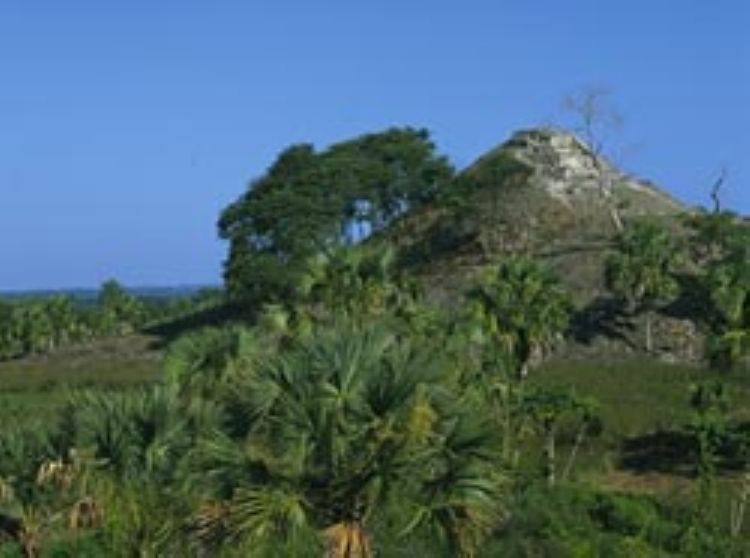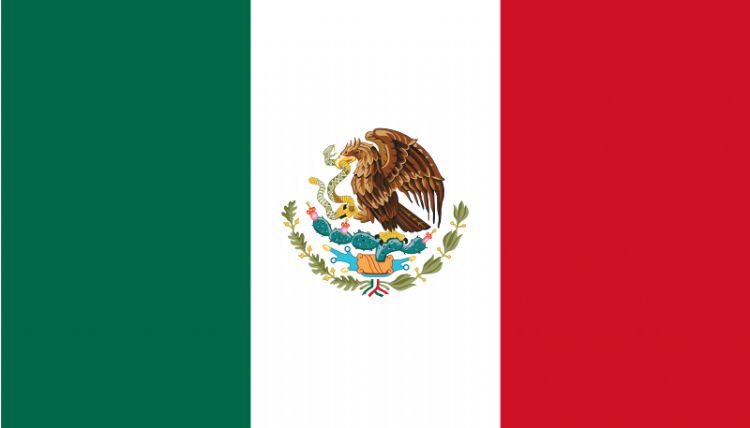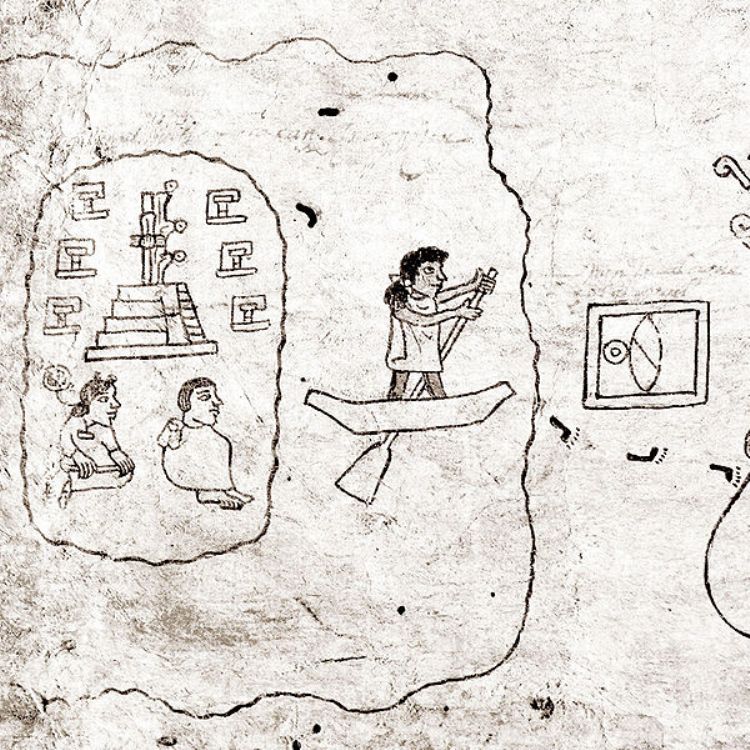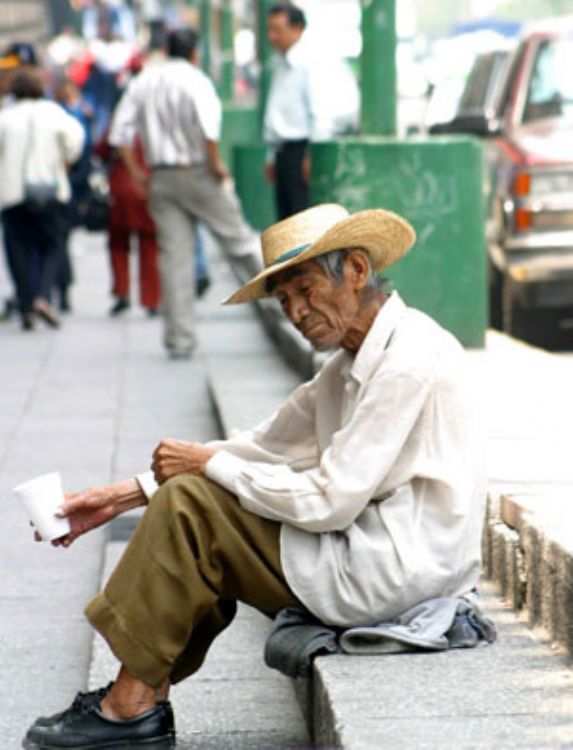Archaeological Sites in Campeche; Tabasqueño and El Tigre

TABASQUEÑO; It is a site you shouldnât miss for many reasons, gathering many conditions including the architecture that makes it highly attractive. Tabasqueño is, for many, the consummation of Chenes architectural knowledge. Preservation and research has multiplied and that is why it is not completely apt for common visitors.
There is an explored area of Tabasqueño consisting of a rectangular plaza with buildings on its four sides in Chenes style. The Temple-Palace, also known as Structure I, is for many the most important building. It is composed of a temple in the center of a one story building with eight rooms and a great central stairwell. Its main façade has an enormous zoomorphic door within a compact design surrounded by fantastic angled faces of the Earthâs Monster and many images of Chaac. Its southwest has an emblematic tower 3.5 meters in height, a vertical version of its ridge.
For reaching Tabasqueño from Campeche, it is necessary to take Federal Highway 261, connecting the towns of Hopelchen and Dzibalchen, around kilometer 35 there is a detour through a lumber path approximately 4 kilometers in length. Its schedule for visitors is from 08:00 to 17:00 hrs and it is important to remember that many of the services are found in the towns of Hopelchen and Dzibalchen, not directly at Tabasqueño.
EL TIGRE (ITZAMKANAC); El Tigre was first recorded during the Conquest and known as âItzamkanacâ. It is a very important river port and a natural route between Peten and Campecheâs coast. According to history, in 1525 Hernan Cortes, once he learned about the commercial importance of this port, decided to visit it on his way to Hubieras in Honduras. For being able to continue his trip, he opened roads and constructed wood bridges which, according the chronicles of Villagutierre written in the year 1700, still remain and are known as the bridges of Cortes, proving the importance of El Tigre as regional capital of the Acalan province. Human occupation lasted from approximately 600-300 BC to 1557 AD.
El Tigre is placed on top of a natural hill on the left of Candelaria River and extends over a surface of 5 square kilometers. The Ceremonial Center is integrated by 4 great structures and 6 of lesser proportions, two plazas, 13 altars and 3 smooth trails. The absence of an architectural style is noticeable; this is why rescue work has to be undergone immediately, because the four main structures are different from each other. Structure I closes the plaza to the south and is integrated by an enormous platform where four smaller ones are erected. In the back is a 23 meters high structure with a stairwell in the center, Platform I is integrated by a temple of round walls with a single access facing the east, probably dedicated to Kukulcan, II on the west; II and IV integrate the second plaza.
El Tigre is located in the southeast of the State of Campeche, in the municipality of Candelaria, 40 kilometers from the town of the same name. It can be accessed by boat, from the town of Candelaria and through the river of the same name. By road, in the town of Nuevo Coahuila take the detour to Monclova, the place is located approximately at kilometer 13.5. Its schedule for visitors is from 08:00 to 17:00 hrs.
Artículo Producido por el Equipo Editorial Explorando México.
Copyright Explorando México, Todos los Derechos Reservados.
Foto: elsur.com






